Often when appreciating nature, it is best to sit and let it come to you, or in this instance, to lie on your belly and breathe the wondrous herb-scented aroma of this verdant hill meadow where flowers sparkled, and butterflies floated on easy wings.
With chin rested upon cupped hands and a gentle breeze ruffling my hair, the dampness of the ground seeped through my thin linen shirt, which in a strange way strengthened my bond and connection with the meadow.
This was a truly special place that made the heart sing and my mind soon became lost within its ethereal beauty.
Up close and personal
Seen up close, the meadow was like a green-tangled forest of grass blades and wiry stems, where flowers such as white clover and tormentil lay in scattered abandon.
In the past, the woody roots of tormentil were used as a source of a red dye.
Herbalists maintained that tormentil was effective in treating stomach and intestine problems, as well as treating piles.
It could also be used as a gargle for mouth and throat infections.
The esteem this small, yellow-flowered plant was so obviously once held made me reflect upon the fact that humanity and nature were closely entwined in the past, where the knowledge of wild plants was intimate, and the countryside was a source of both food and medicine.
Such empathy with our environment has largely gone nowadays, which is sad.
I turned my head, and on my right lay the most handsome flower imaginable, with subtle greenish-white petals, which spread out like the wings of a butterfly.
The temptation was too much, so I slowly crawled a short distance towards the plant to breathe-in its delicious scent, which had a subtle vanilla aroma.
This was a greater butterfly-orchid, and its flowers produce an even stronger scent at night, attracting night-flying moths that pollinate it.
The greater butterfly-orchid is a scarce species, but one which thrives in this meadow because it is carefully grazed by horses to provide the optimum conditions to encourage their growth.
The delicate, pale pink flower spikes of common spotted-orchids also abounded, standing proud and clear from the grass like shining beacons, and I could also see the complicated yellow flowerheads of meadow vetchling, a scrambling plant which is a member of the pea family.
Farmers like this plant because its root nodules fix nitrogen from the air and thus enrich the soil.
Eyebright
Being at ground level with the meadow helped me spot an altogether much smaller flower – eyebright.
The flowers are shaped like miniscule violets and are daubed with intricate purple and yellow blotches and stripes.
The plant is so-called because it was once thought to be good for treating poor eyesight.
I lay in this flower heaven for a further few minutes, before reluctantly rising to my feet.
As I headed for home, ringlet and meadow brown butterflies swept up in the air before me, and the meadow shimmered and glowed under the gentle caress of the summer breeze.
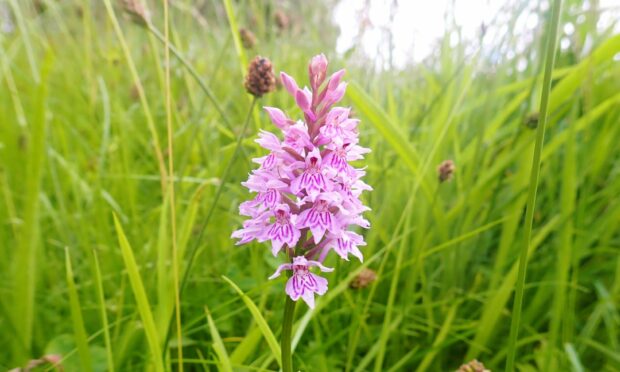
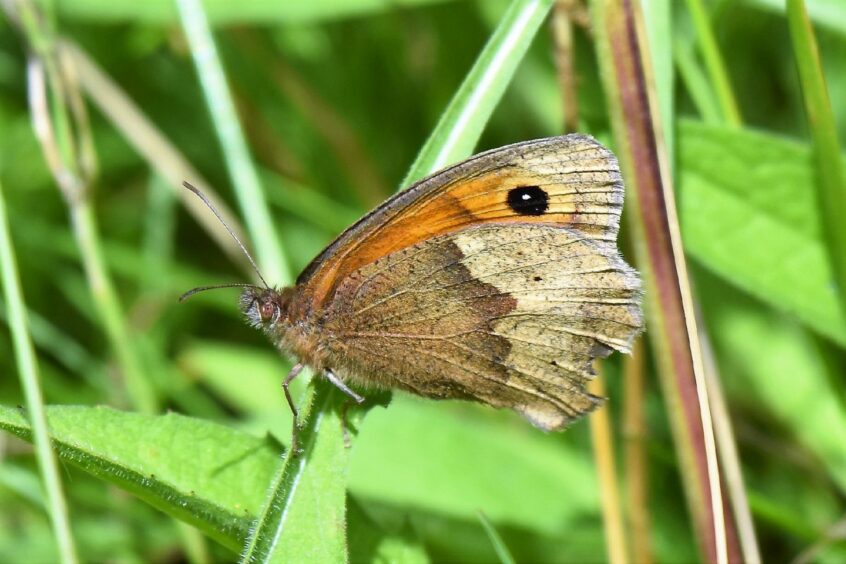
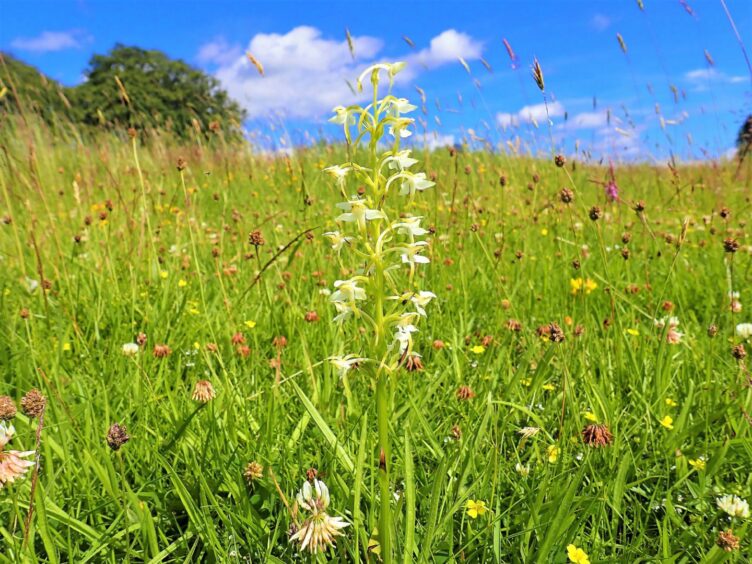
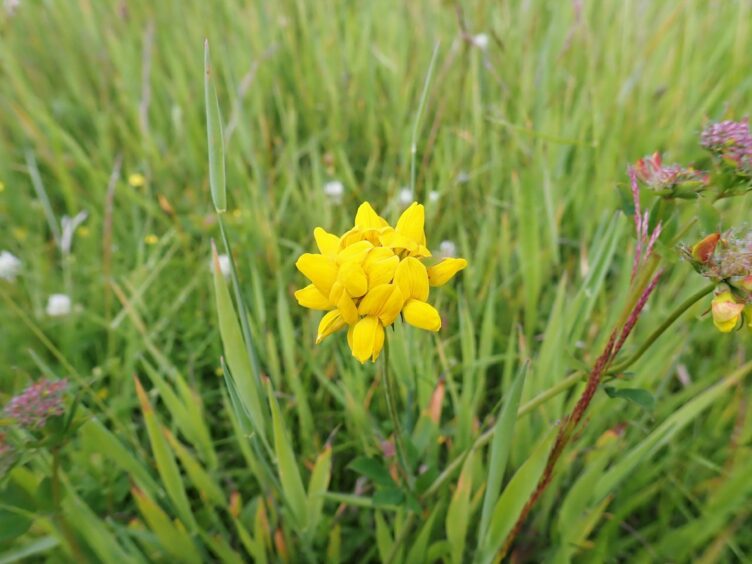
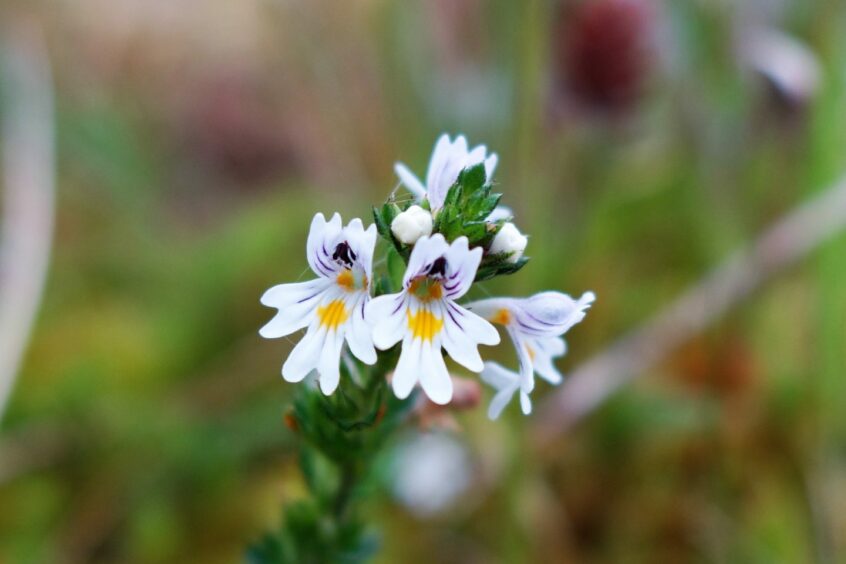
Conversation